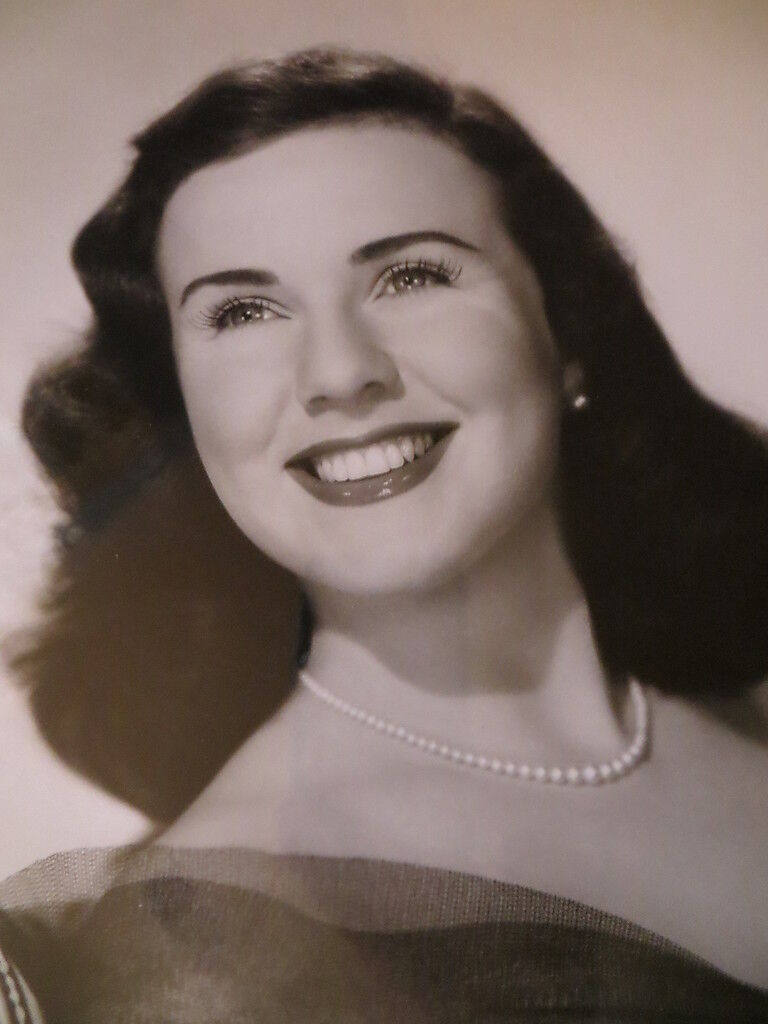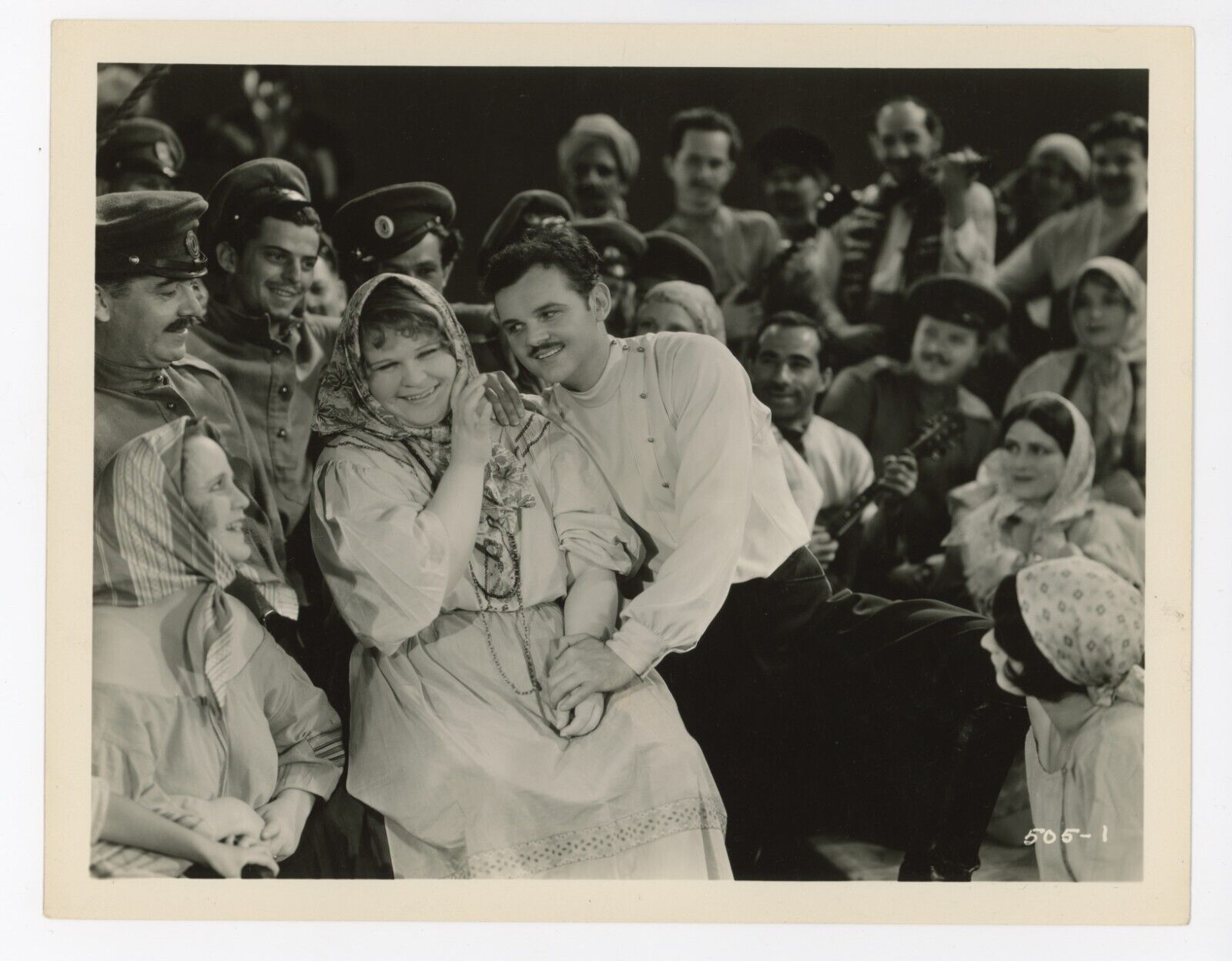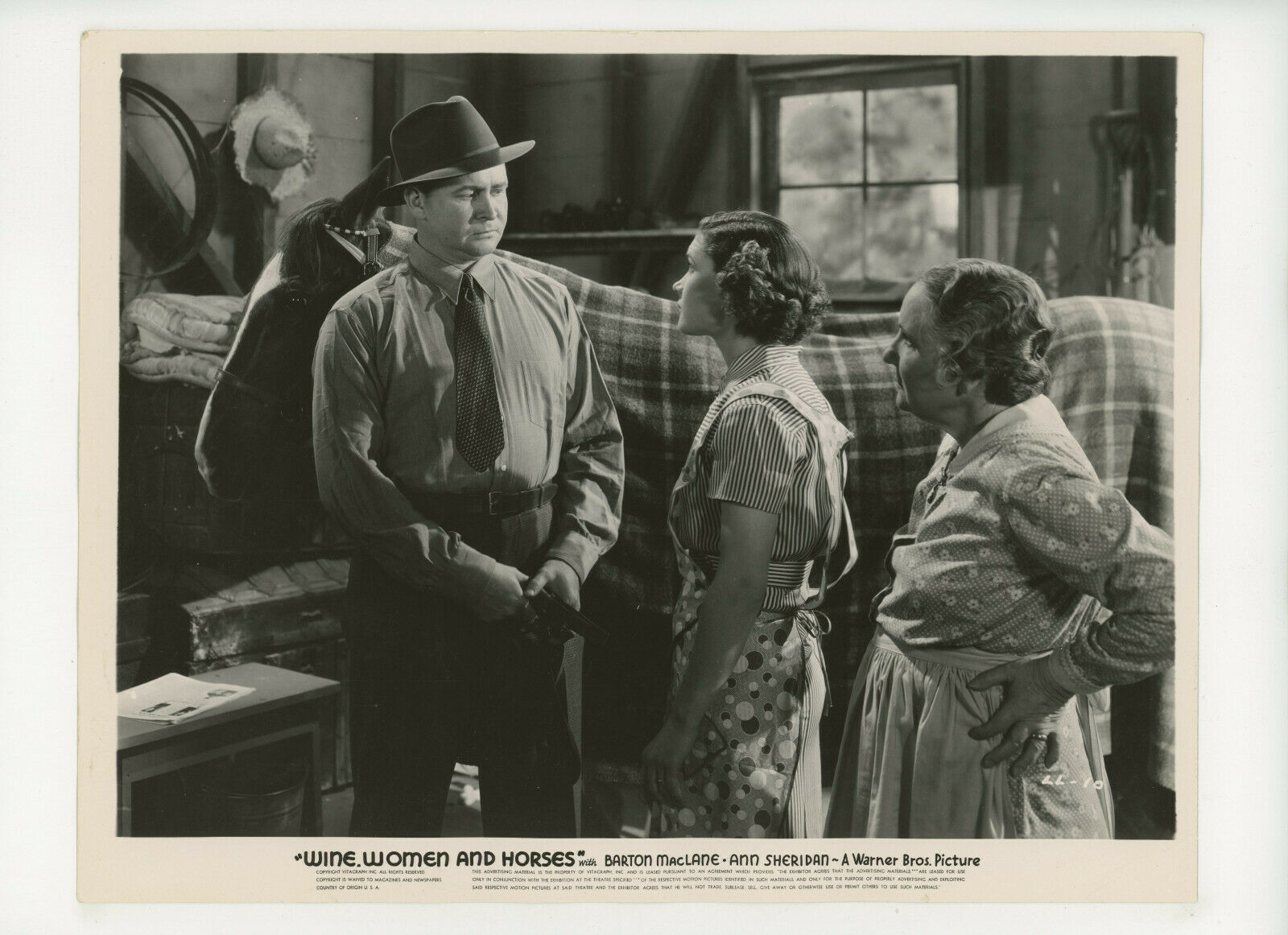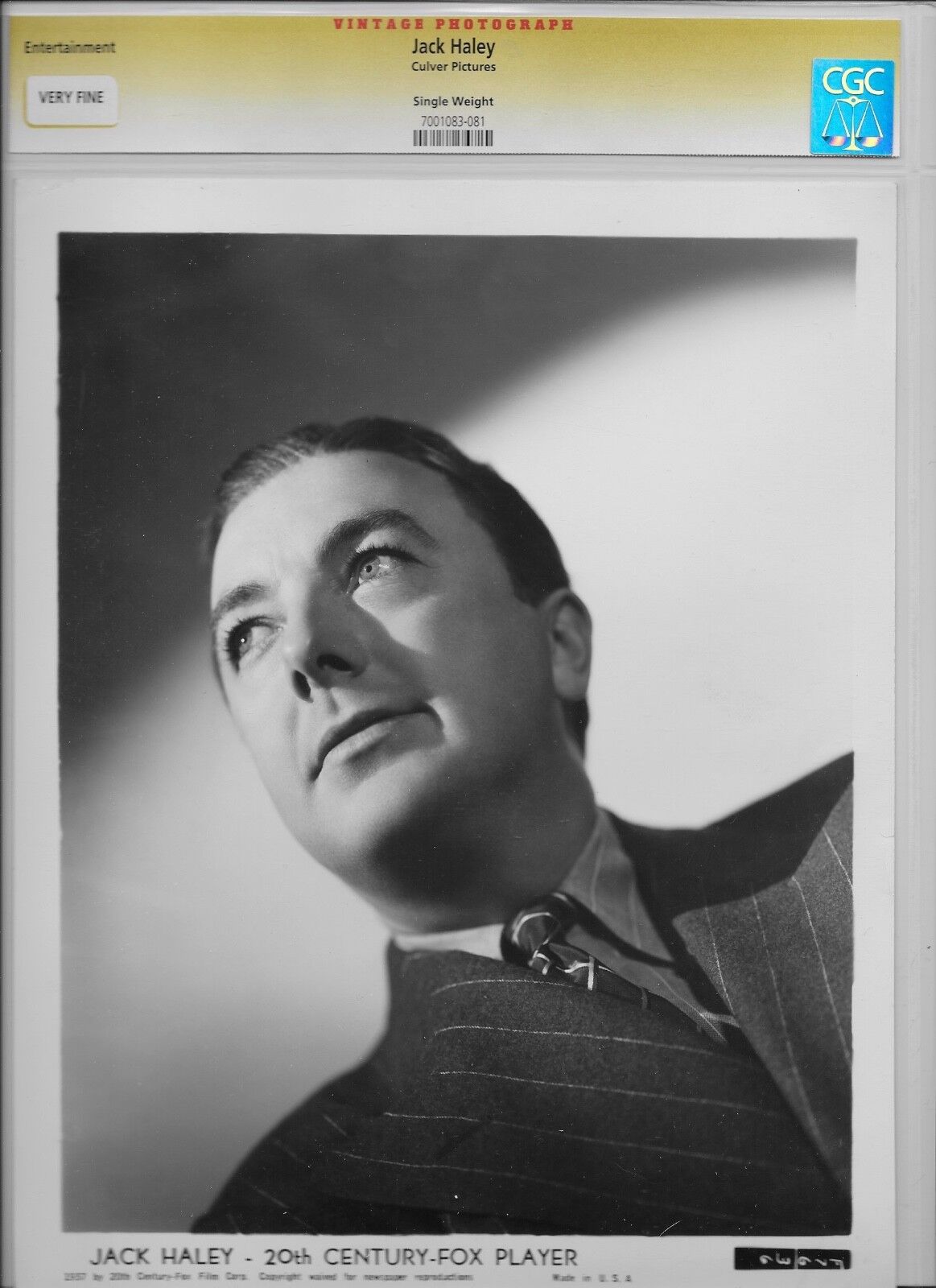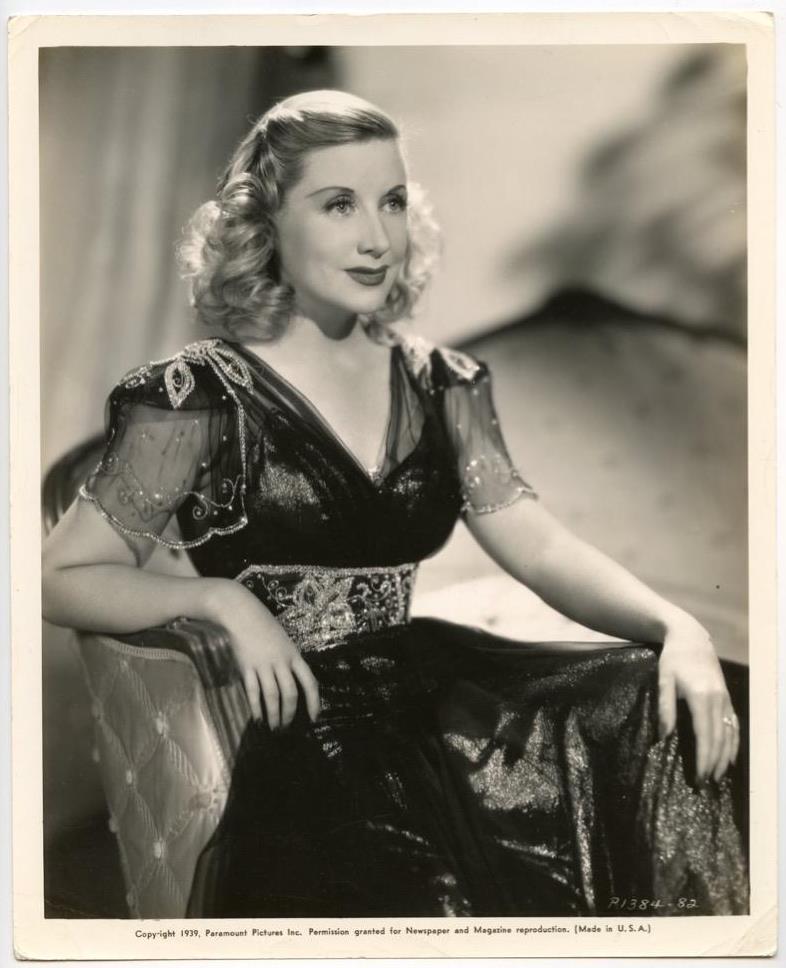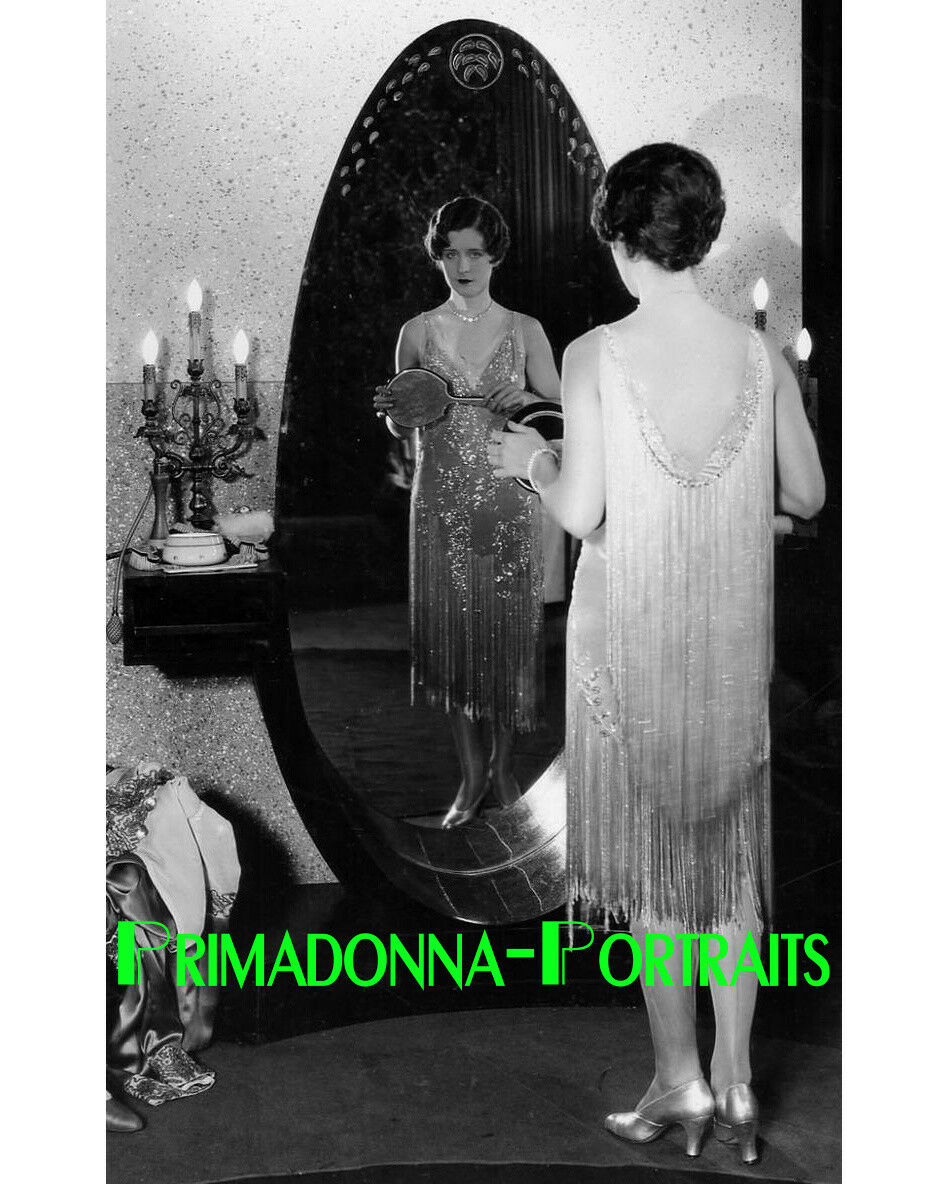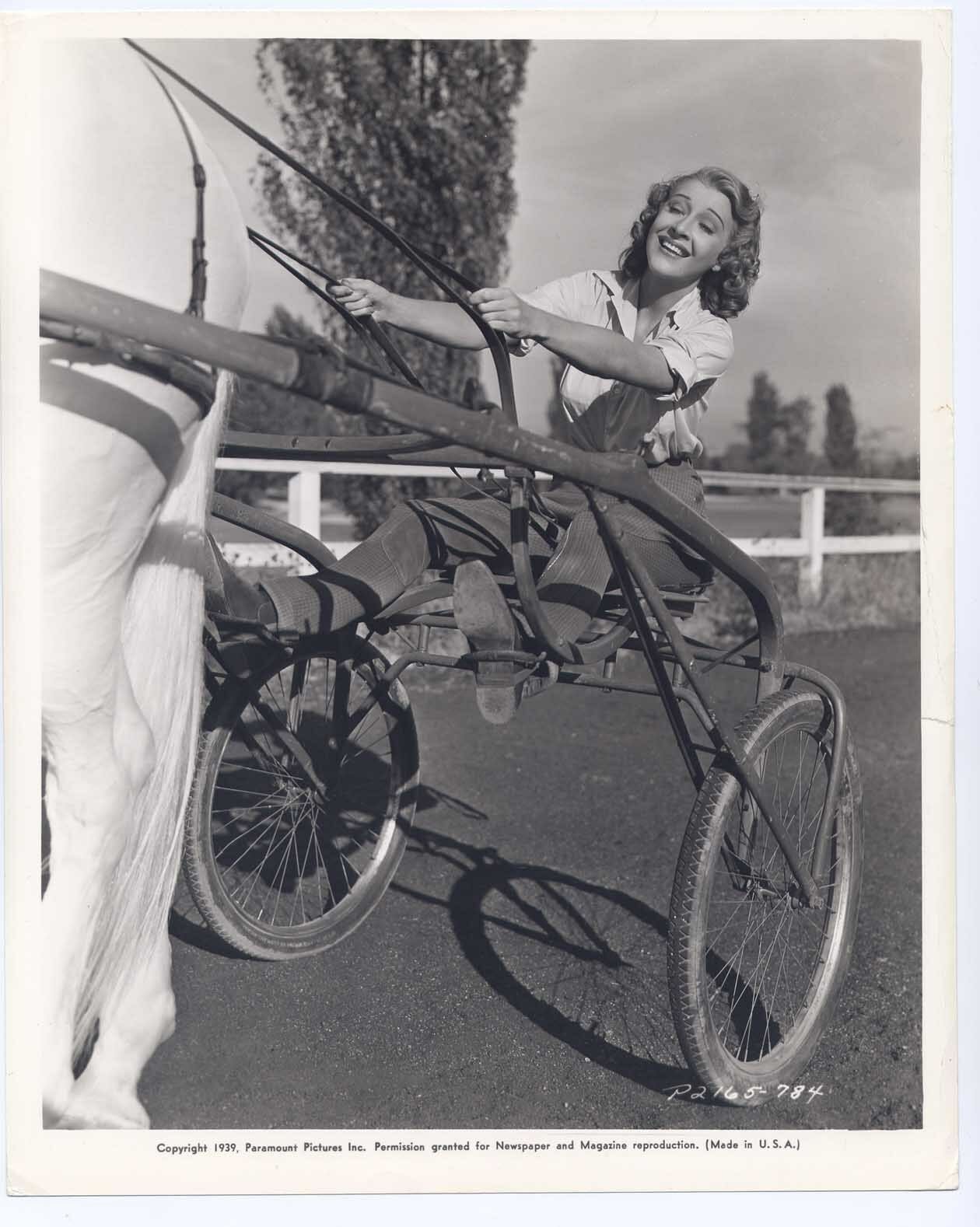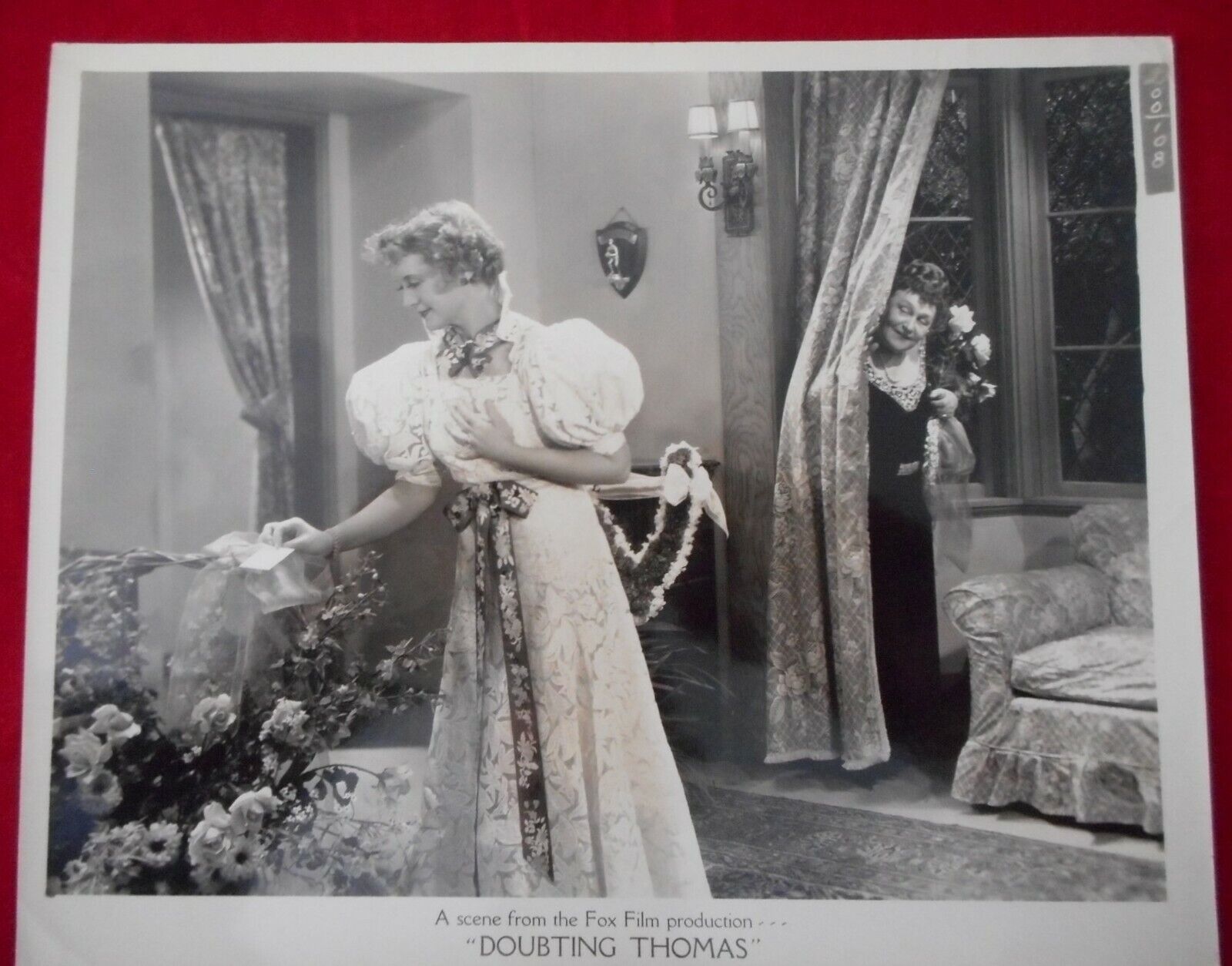-40%
Original 1920s Renée Adorée Androgynous Military Uniform Large Format Photograph
$ 2.61
- Description
- Size Guide
Description
ITEM: This is a 1920s vintage and original large format photograph of French actress Renée Adorée sporting an androgynous flapper style with her dark hair cut into a stylish bob and wearing a military uniform costume. This studio portrait is by Ruth Harriet Louise,the first, and at the time only, female photographer active in Hollywood; she ran MGM's portrait studio from 1925-1930.
A French actress, Renée Adorée was a leading lady in Hollywood films during the 1920s. She began entertaining at age five when she worked as a bareback rider in the circus. As a young woman she worked for a time as a chorine for the Folies Bergère. She came to Hollywood in 1920 and began playing leads in mediocre films. She became an overnight sensation after she appeared in "The Big Parade" (1925) opposite heartthrob John Gilbert. Adorée died at the age of 35 in 1933, a victim of tuberculosis.
Photograph measures 11" x 14" on a glossy double weight stock with the photographer's blind stamp in the bottom margin, and MGM ink stamps on verso.
Guaranteed to be 100% vintage and original from Grapefruit Moon Gallery.
More about Renée Adorée:
Renee Adoree was born Jeanne de la Fontein in Lille in Nord-Pas-de-Calais, France, on September 30, 1898. She had what one could call a normal childhood. Her background is, perhaps, one of the most difficult to find information on any actress in existence. What we do know that her interest in acting surfaced during her teen years with minor stage productions in France. By 1920 she had attracted the attention of American producers and came to New York. Her first film before US audiences was The Strongest (1920) that same year. That was to be it until 1921,, when she appeared in Made in Heaven (1921). Renee wondered if she had made the right move by going into motion pictures because of two minor roles in as many films. Finally MGM saw fit to put her in more films in 1922. Movies such as West of Chicago (1922), Day-Dreams (1928), Mixed Faces (1922) and Monte Cristo (1929) saw her with meatier roles than she had had previously. Renee was, finally, hitting her stride. Better roles to be sure, but still she was not of first-class caliber yet.
All that changed in 1925 when she starred as Melisande with John Gilbert in The Big Parade (1925). The picture made stars out of Renee, Gilbert and Karl Dane. Based on the film's success, Renee was put in another production, Excuse Me (1925). It lacked the drama the previous picture but was well-received. In a plot written by Elinor Glyn, Renee starred as Suzette in Man and Maid (1925). This was Renee's most provocative role yet and she was fast becoming one of the sexiest actresses on the screen. In 1927 Renee starred as Nang Ping in Mr. Wu (1927), along with her sister Mira Adoree. The film was a hit, with co-stars Ralph Forbes and Lon Chaney, but it was Renee's character that carried the film. After several more pictures, her career was slowing down. She appeared in a bit part in Show People (1928) later that year. The following year she had an uncredited bit role in His Glorious Night (1929). Re-discovered by First National Pictures after being released by MGM, she appeared in The Spieler (1928), in which she was a struggling carnival manager trying to overcome the dishonesty that went on in her organization.
Ill with tuberculosis, she retired in 1930. Less than a week after her 35th birthday, on Oct. 5, 1933, Renee Adoree died in Tujunga, CA.
- IMDb Mini Biography By: Denny Jackson
More about Ruth Harriet Louise:
Motion picture production jobs both on and off the set have mostly been held by men throughout history, and those for still photography are no different. Early stills men were mostly cameramen who also acted as photographers of scene stills, like Alvin Wyckoff for Selig Studios. D. W. Griffith hired James Woodbury to assist and take stills for “Intolerance,” and others started following suit. Studios created key books for each film, with photographs organized by scene number, and with each film assigned its own code. These images could be then be referenced and duplicated, to be sent out as publicity for the picture.
The studios soon realized that portraits of the stars could more easily sell films to consumers. These photographs were sent en masse to hundreds of magazines and newspapers, which required a never ending stream of material for publication. Portraits also were numbered in each studio’s own code system, and organized in key books as reference for approved shots of each star.
Most star portraits in the 1910s were taken by independent photographers like Albert Witzel, Hoover, Fred Hartsook, Melbourne Spurr, and the like. Mary Pickford hired her own photographer, K. O. Rahmn, and Mack Sennett hired the artistic James Abbe for some special shoots, along with such stills men as George Cannons and A. J. Kopec. Samuel Goldwyn hired Clarence Sinclair Bull in 1920, and Paramount hired Eugene Robert Richee in 1923. By the late 1920s, each studio possessed its own in-house photography studio and staff photographers. Ruth Harriet Louise was the only woman employed by any of the film studios during their glory days, and she acted independently, not just as a figurehead.
Born in New York on Jan. 13, 1903, Ruth Goldstein grew up as the daughter of Rabbi Jacob Goldstein and his wife, Klara, in New Jersey, along with her brother Mark. She dreamed of becoming a painter, but after a portrait session with the renowned New York photographer Nickolas Muray, she enrolled in a photographic school and apprenticed. In 1922 she opened her own studio in Trenton, N.J., advertising in “The Banner,” “Won’t you visit my studio, and let me perpetuate your personality,” per Robert Dance and Bruce Robertson’s “Ruth Harriet Louise and Hollywood Glamour Photography.” She quickly gained clientele, and by 1923 changed her name professionally to Ruth Harriet Louise.
Her brother Mark had followed their cousin Carmel Myers to Hollywood in 1922, and by 1925 he was writing and directing films. He had also professionally changed his name to Mark Sandrich, and would later direct Fred Astaire and Ginger Rogers in “Top Hat” and “Carefree” among others. Louise traveled across country later that year to join him in Los Angeles. She opened a little studio at Hollywood and Vine, and by September her first photograph appeared in “Photoplay” magazine, that of Vilma Banky in “Dark Angel” for Samuel Goldwyn.
Myers also assisted Louise; she showed studio chief Louis B. Mayer some of her portraits, and not longer after, Louise was hired as MGM’s in-house studio photographer. She was all of 22. On her -a-week salary, she would schedule five to six sessions a day, six days a week, crafting an elegant and glamorous image to sell to movie fans. To help loosen up the stars and help them find the mood she wanted, Louise played records. Her aim was to capture their personality, bottle it, and sell it to an eager public. Louise employed mood lighting, a soft, almost pictorialist style, and glamour in her shooting, and in her words, “…creating a personality.” Using 8 x 10 negatives, she produced both 11 x 14 and 8 x 10 prints after careful retouching and reframing.
Virtually all of the MGM stars liked her and enjoyed her company. She loved to sit around and talk after shooting, as well as joking and laughing while working. Louise seemed to enjoy working with almost everyone. She called Lillian Gish one of her favorite sitters in “Everybody’s Weekly,” on Sept. 8, 1928. She mentioned that she found Greta Garbo “…one of the saddest girls I’ve ever seen.” Louise described Lon Chaney as incredibly expressive and astute as to the moods she suggested. She found him an enigma however, described John Gilbert as a boy, William Haines as a more sophisticated boy, and Lillian Gish as a strong, in control person.
She played music to set the mood for what she wanted. Louise stated that Haines looked best when cheery songs like “Hallelujah” and “Girl Friend” played.
On Aug. 27, 1927, she married Universal writer Leigh Jacobson. The youngest writer on staff, he wrote westerns and serials and supervised their editing. Jacobson wanted to be a director so much he quit in December 1927 when the studio refused to allow him to switch. Making a two-reel film for ,000, he changed his name to Leigh Jason, and then attempted to sell it by states’ rights. Studio Chief Carl Laemmle saw it and asked to see the director. Laemmle rehired him as a director, but didn’t use the film.
Things began changing in Hollywood in the late 1920s. Unions came in to give workers more rights, better working conditions, and better wages. Stills photographers unionized as Local 659 in August 1928, but Louise never joined. The studio was growing astronomically from a family-like atmosphere to a huge conglomerate, and personal relationships altered and changed. There was less time to gossip and relax. Norma Shearer scheduled a sitting with George Hurrell to make more sexy stills, and Louise’s power diminished. The stock market crash also created a more tense atmosphere.
“Variety” reported on Dec. 11, 1929, that Louise had resigned from MGM, to be replaced by George Hurrell. The article stated she would start her own studio. As is the history in Hollywood, most resignations are often firings. Louise would take portraits of Anna Sten for Goldwyn and work out of her home for awhile, but the work soon petered out. She gave birth in 1931 to her first child, Leigh Jr., and daughter Brenda was born a few years later. In 1938, Leigh Jr. died of leukemia.
On Oct. 12, 1940, Louise died at the age of 37, from complications of childbirth, and the baby also died. Both The Los Angeles Times and Variety obituaries called her Mrs. Ruth Jason and listed her residence as 311 S. Beverly Glen Blvd. “Variety” does note that her professional name was Ruth Harriet Louise, under which she was “…one of the top portrait photographers…” in late 1920s Hollywood.
In 1942, her brother Mark donated two bungalows in her memory at the Motion Picture Country House. Jason would continue to direct, as well as invent. He applied for patents, particularly for a smokeless ashtray for theaters, airplanes, and cars, which GM would buy the rights for. In the early 1950s, he married Mark Sandrich’s niece Jerry Lieberman.
Louise’s work was little recognized for decades, until Dance and Robertson helped resurrect her memory with their excellent biography and exhibits of her work around the country. There are several important women stills photographers in Hollywood, and many famous portrait artists like Annie Leibowitz and Linda McCartney, who owe parts of their success to Ruth Harriet Louise and her blazing trail at MGM.
Biography By: Mary Mallory:
Hollywood Heights – Ruth Harriet Louise




